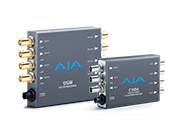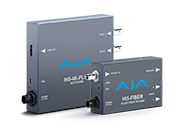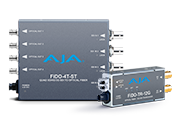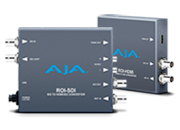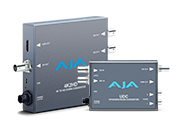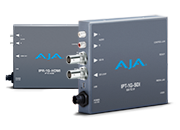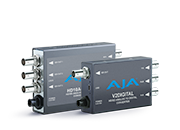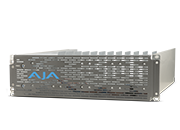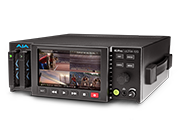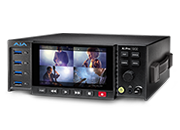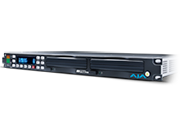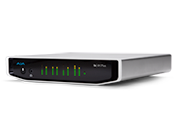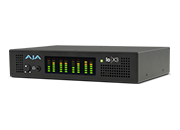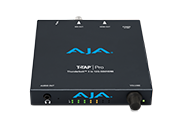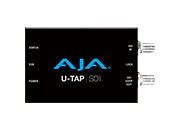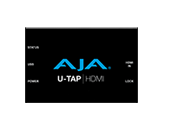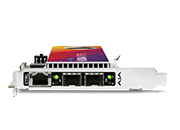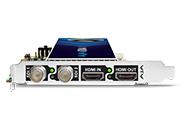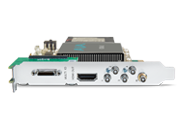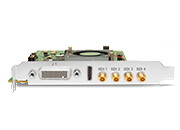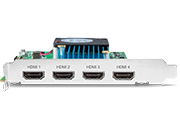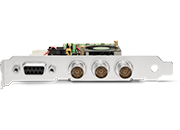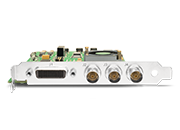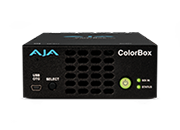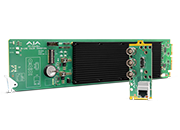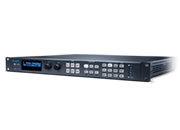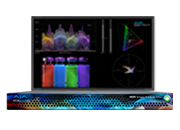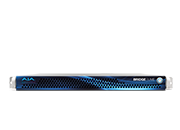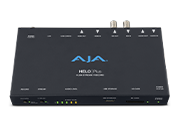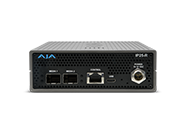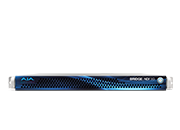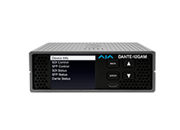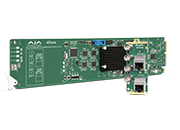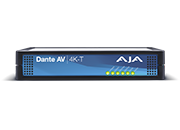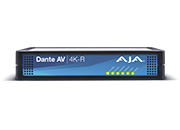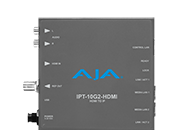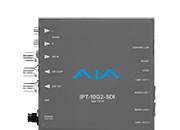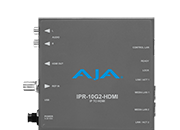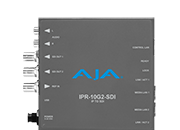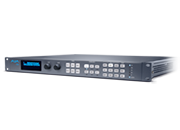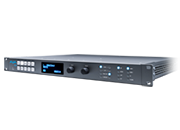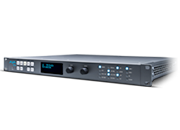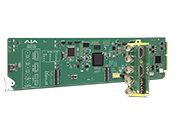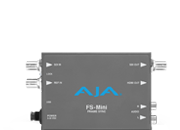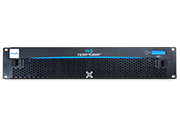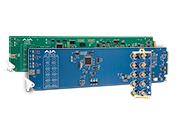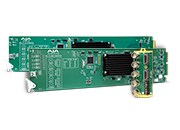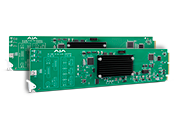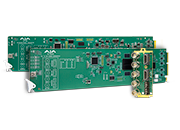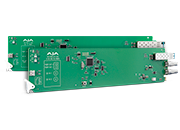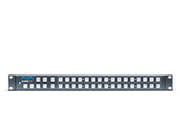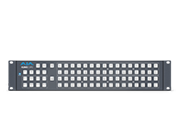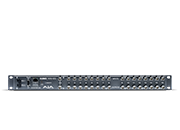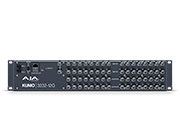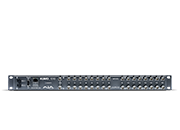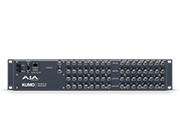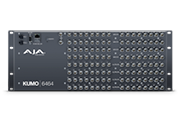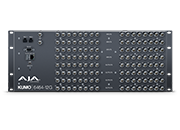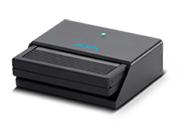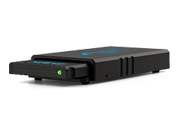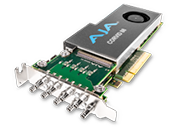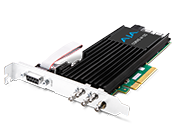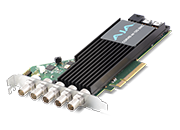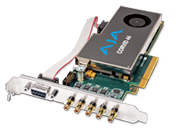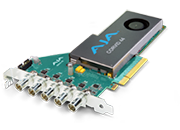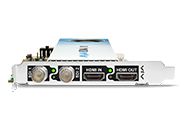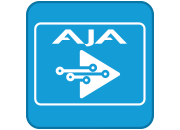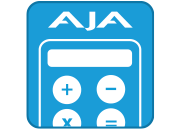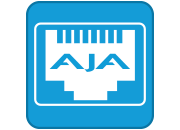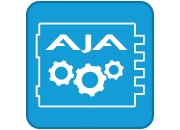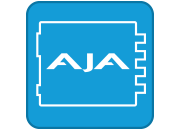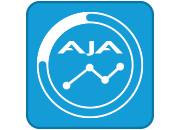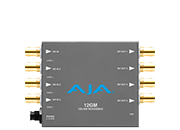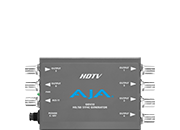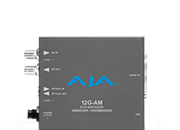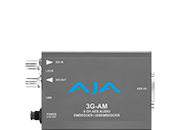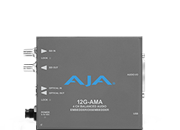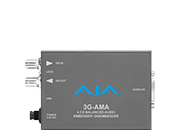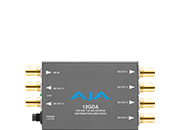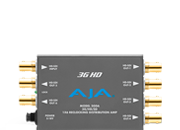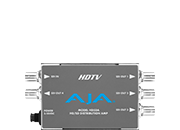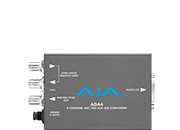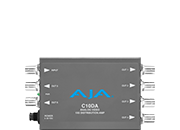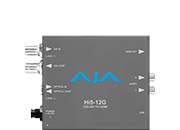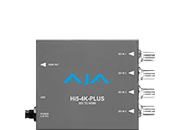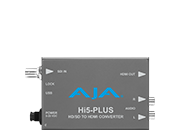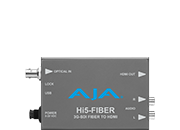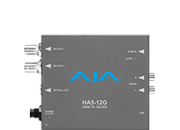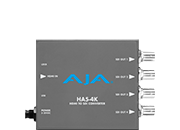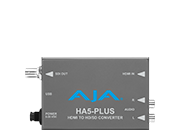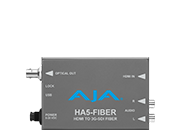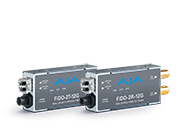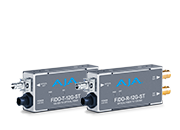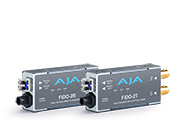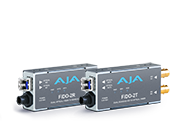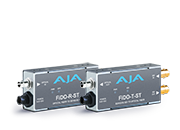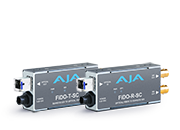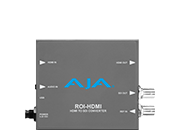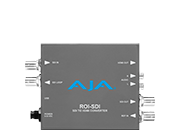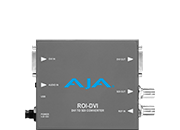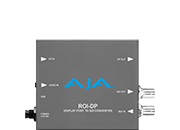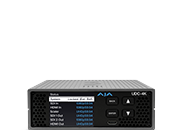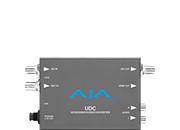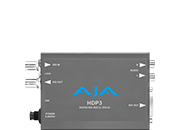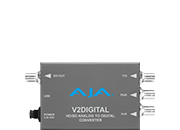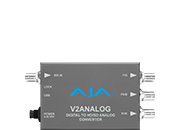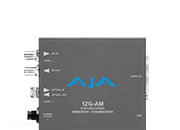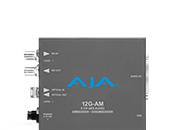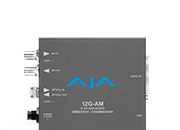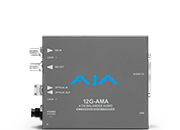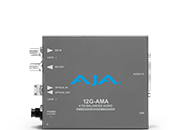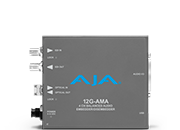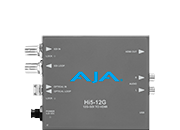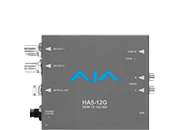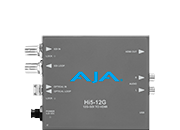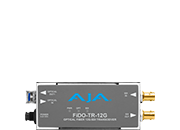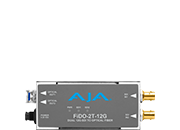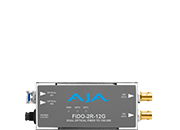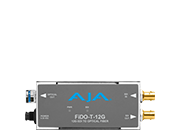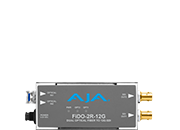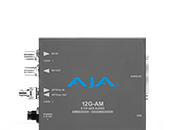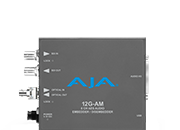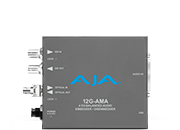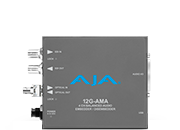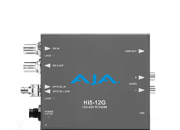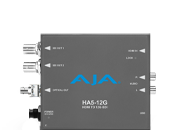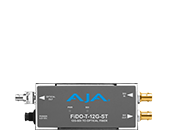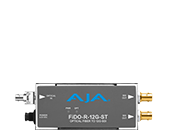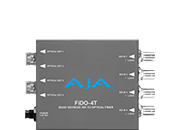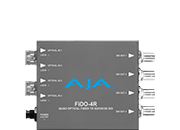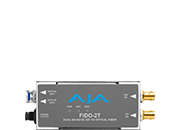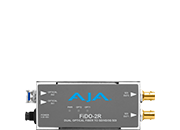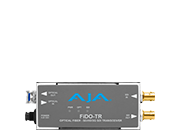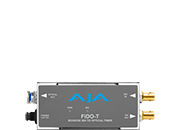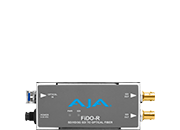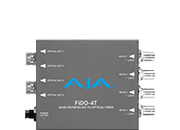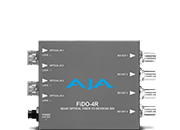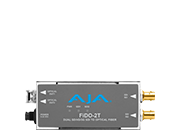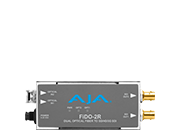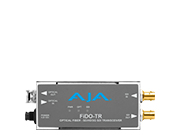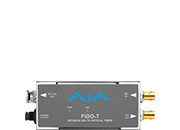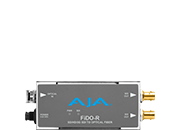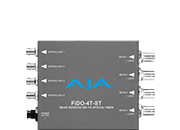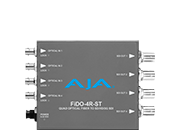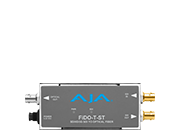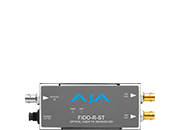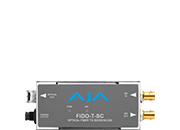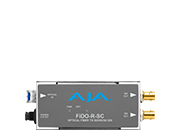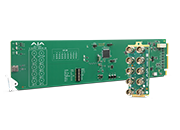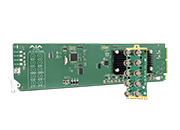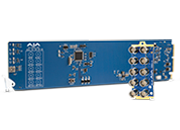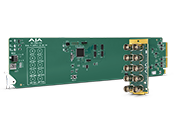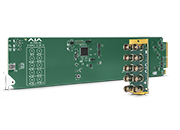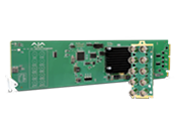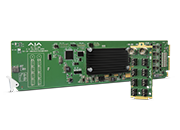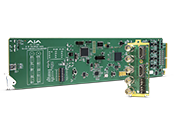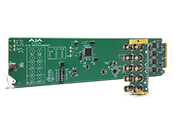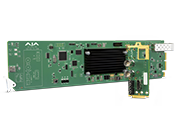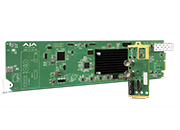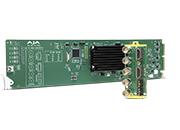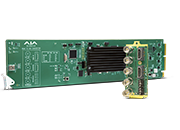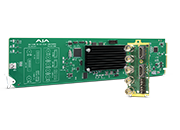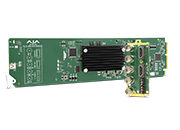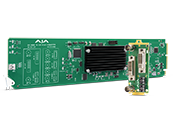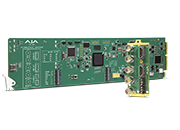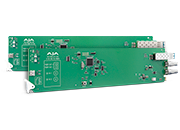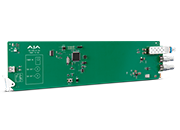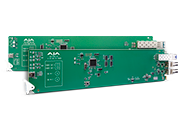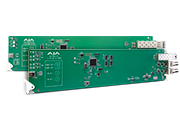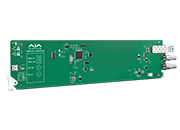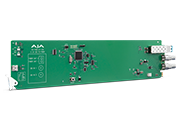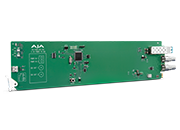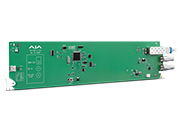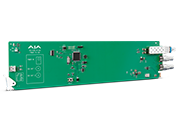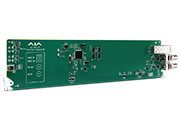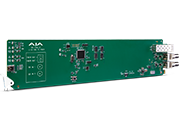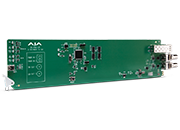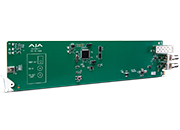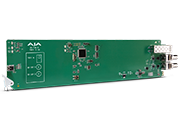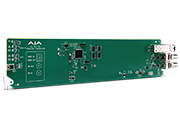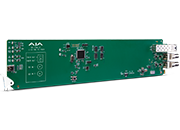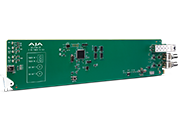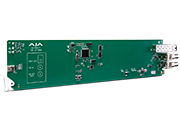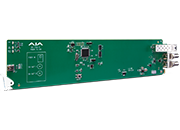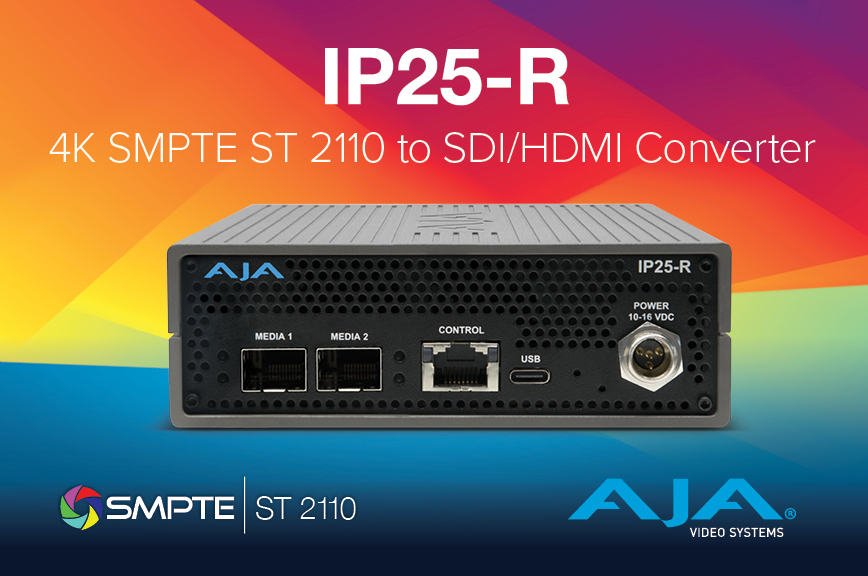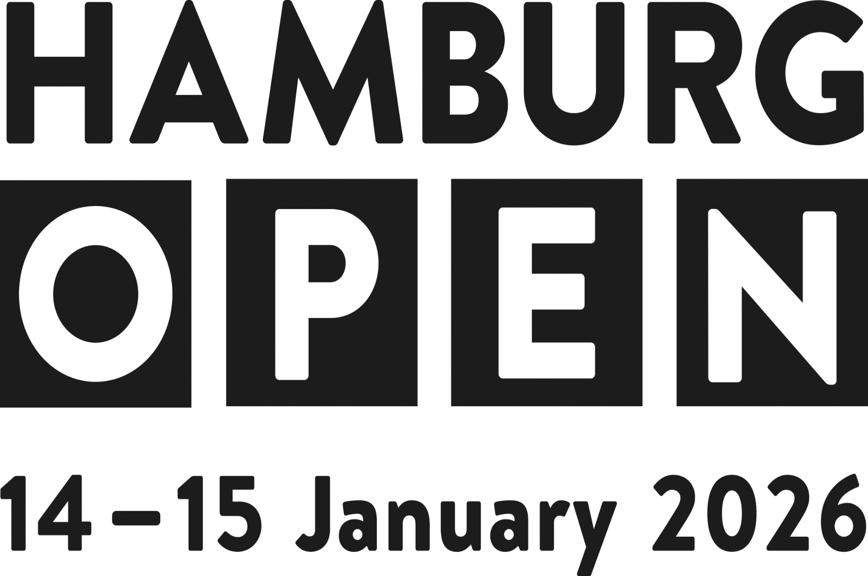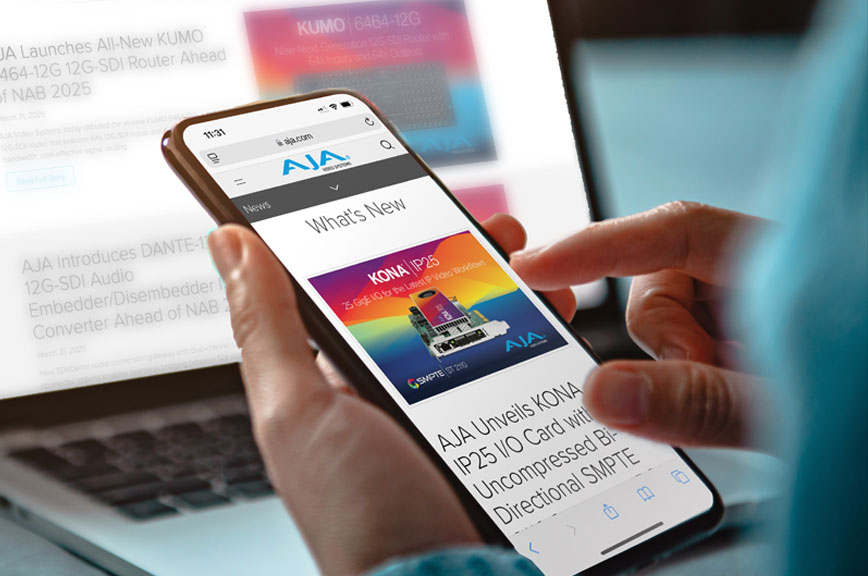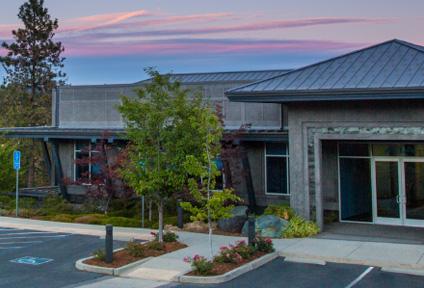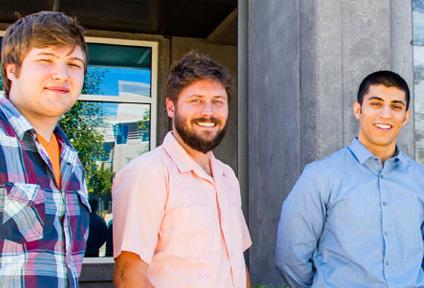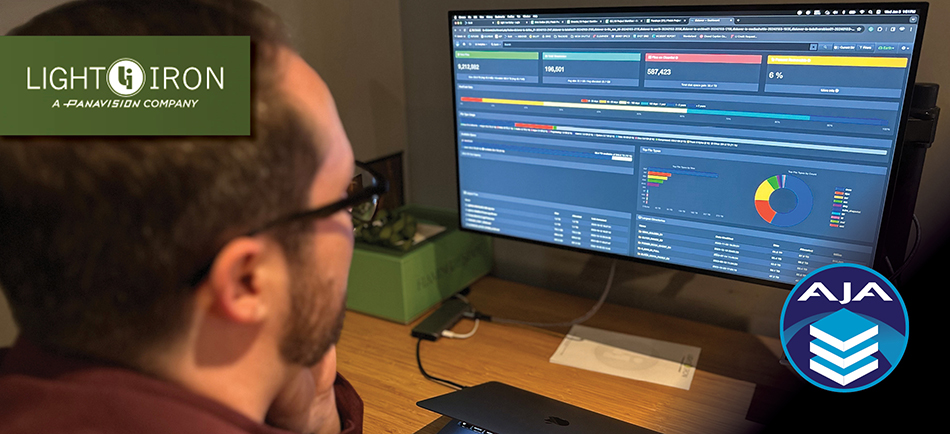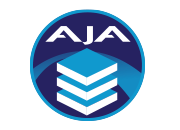Light Iron on Making Data-Driven Storage Decisions
January 17, 2024
For modern post houses, managing petabytes of data across a facility can be taxing, but with AJA Diskover Media Edition, Liam Ford, SVP of Engineering and Technical Operations at Light Iron, a Panavision Company, has found a way to keep better track of projects and easily determine where files should be routed – be it a tape archive, deletion, or for client review. In our latest customer interview, he reflects on industry trends that have shaped storage demands today and shares how his team is addressing data challenges head-on.
Tell us more about you and your background.
I’ve been at Light Iron for two years now, but I’ve worked in the industry for more than twenty. Prior, I was an SVP of Technology for another company and also worked for Company 3, where I started after college.
What’s Light Iron’s specialty?
Light Iron handles post production for scripted feature films and episodic series. We support clients from dailies all the way through finishing. As we do, we’re ingesting tons of terabytes a day per show across our facilities in New York, Los Angeles, and other locations. It’s A LOT of data to manage and wrangle, and if we’re not organized, things can get out of hand quickly, which is where we lean heavily on AJA Diskover Media Edition.
How have you seen the industry shift in your time in the business?
When I started, digital intermediate (DI) was just surfacing, and HD was still relatively new. Today, film is rarely used as a source, and we’ve moved well beyond SD, HD, and now, even 4K. Despite these changes, the industry still works mostly like it did 20 years ago; a lot of the same technical pathways are still here today.
One change, however, is the volume of storage and media we’re now managing. In the past, an entire 2K TV show might take up eight terabytes, which meant the facility SAN was only a couple hundred terabytes; the load wasn’t that heavy. It was easy to find what you needed, and one person could manage it. As time went on, jobs just got bigger, especially with the move from 2K to 4K. That's when we started feeling the need for more control over our resources.
Studios used to send us all their on-set negatives, which we’d store and pull from, but with the transition to digital capture, the expectation was that we’d keep all that online. We couldn't put it on a shelf in our vault, so our storage requirements shot up fast. Until AJA Diskover Media Edition, there weren’t really any modern solutions to manage it all in a secure way.
What does your storage setup look like?
Across facilities, we run Quantum StorNext file systems with a little bit of network area storage (NAS) sprinkled in. AJA Diskover Media Edition plugs into all our different storage, scans it, and presents a full listing of all its contents, including file metadata. Its MediaInfo plug-in lets our producers and operations staff browse our storage and view the built-in metadata of a specific media file so they can ensure it's the right resolution and framework, which is a huge help.
How do you and your team use Diskover?
I work with it on a weekly basis to check the health of our storage network and validate that all our indexes are running properly. It gives me a general overview of the SAN structure and helps me make sure that we're not holding too many aged files or hitting critical capacity limits.
Our operations staff and producers use the technology every day to keep track of projects. They’re frequently making decisions about what gets archived to tape, what can be deleted, and which versions should be sent for client review. They rely on Diskover Media Edition heavily to quickly drill down through projects and make decisions about what needs to go where; they're in there clicking through, waiting for new things to come online, and copying and pasting pathways to generate work orders and tag things, so that other people know what can be archived.
Diskover is a true workhorse that we use constantly to track file movement and notify people where things are. Without it, it would be a slog to figure out where content is, determine the latest versions, and so on. We can also easily keep track of duplicates, so it’s easy to free up space when we need more. It gives us a project dashboard to track how data is being consumed across projects. With better insight into our data consumption and where files are, it’s easier to get ahead of any issues.
How has the technology evolved since you started using it?
AJA and the Diskover team continue to make new updates to Diskover, like Live View. With the most recent implementation, it functions as a navigable tree as opposed to just a static listing. If the team is worried that they're not seeing the latest and greatest file versions, they just right click, navigate to Live View, and get insight into the storage systems. It lets the team know if the files they're looking at are still there or if there's anything else there that might be newer that they haven't seen yet. In the last two years, there have also been a lot of performance updates; it’s a night and day difference, from speed to responsiveness and organization. Everything just keeps getting presented in a smarter way. The MediaInfo plug-in is great as well.
What other features do you use?
I love the aggregate volume views and the aging views. If we know that 30 percent of a physical volume is well over 160 days old, it becomes easy to go in and take broad swaths of data and tag it for archive. Producers love that they can easily double check the embedded metadata and deliverable files. They can also make sure that the parameters of those files are meeting the deliverable, which not only saves them time but prevents errors; it keeps them from having something kicked back to us because it wasn't right. The most ubiquitous Diskover feature, however, is its search capabilities. It’s built on a smart search engine that makes it easy to find files, even on a storage network housing petabytes of data.
Without Diskover, the only way for our team to make project management decisions in terms of which data to keep is to gather around a single secured workstation to look directly at the content; as you can imagine, that’s incredibly inefficient and a waste of resources. With Diskover, any of us can open up our laptops and get a full, up to date overview of everything online. As a result, decisions to clean things up happen way faster and way earlier. It’s time saving, but also money saving. Without the ability to figure out what exactly you have and how old it is, producers are more reluctant to touch anything, which can max out storage and lead to the team investing in more storage. Now, it’s much easier for us to understand what’s fluff and pare it back, so we get more mileage out of our existing storage.
What trends are you monitoring and why?
Cloud storage has been around for a while now, but it’s just now starting to ramp up as costs are coming down, especially with the introduction of archival tier storage. Our clients are starting to come around to the idea that we don't necessarily need to archive on tape anymore; it can be done in the cloud in a very safe way across multiple regions. As soon as more major studios embrace this way of working, others will follow suit, and LTO will no longer be relevant, at least in the entertainment industry.
The way that we use storage at Light Iron is also changing. Traditionally we’ve used high speed volumes locally in a facility, but we’re already starting to explore file systems that have more of a global outlook, hybrid cloud and on-site workflows, and solutions for accessing data from a variety of different locations. We’re also starting to see new file systems emerge and older ones reinvent themselves. As we get cheaper bandwidth, we're able to do more collaborative data workflows, whereas in the past, you had to just keep it on site because the bandwidth requirements were way too high to realistically and cost effectively spread the work out. It goes hand in hand with what I think will be the studios’ relatively rapid adoption of cloud archival storage; they both work together and complement one another very well.
With these developments, storage will only grow less siloed, which makes it important to have a dashboard where you can keep track of it all. Having a solution like AJA Diskover Media Edition that brings all that storage information together – and gives you a view of all your data and the metadata associated with all the content that you're managing – is going to be even more important.
About AJA Diskover Media Edition
AJA Diskover Media Edition is the powerful, easy to deploy data management software solution designed to let users take control of storage, across the entire organization, regardless of where it is physically located. It enables high-speed, cutting-edge searches, cost analysis, tagging and other sophisticated tools to empower all levels of an organization to make more informed data decisions, enhancing the company’s file-based production line and its monetization - all from a simple web-browser based user-interface. Efficiently curate existing assets, empower your workforce and never lose a file again with AJA Diskover Media Edition www.aja.com/aja-diskover-media-edition
About AJA Video Systems
Since 1993, AJA Video Systems has been a leading manufacturer of video interface technologies, converters, digital video recording solutions and professional cameras, bringing high quality, cost effective products to the professional broadcast, video and post production markets. AJA products are designed and manufactured at our facilities in Grass Valley, California, and sold through an extensive sales channel of resellers and systems integrators around the world. For further information, please see our website at www.aja.com.
About Light Iron
Light Iron, a Panavision company, is recognized as an industry leader and pioneer in innovative, end-to-end file-based solutions for production and post. Filmmakers, studios, creatives and technologists rely on Light Iron’s expertise to deliver progressive digital workflows that meet the needs of even the most complex features and series intended for any and all distribution platforms. Light Iron’s service offerings include in-facility and near-set dailies options; offline editorial rentals; in-house visual effects; 4K, 6K and 8K color, finishing and mastering for SDR and HDR; and cutting-edge cloud-based media archiving. With physical facilities across North America, Light Iron also offers remote services on a global scale, enabling content creators working anywhere in the world to collaborate seamlessly with the company’s talented roster of artists. Learn more at www.lightiron.com.
All trademarks and copyrights are property of their respective owners.
Media Contact:
Katie Weinberg
Raz Public Relations, LLC
310-450-1482, aja@razpr.com
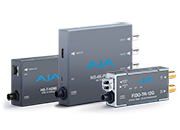 Mini-Converters
Mini-Converters
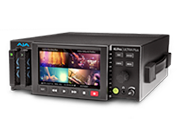 Digital Recorders
Digital Recorders
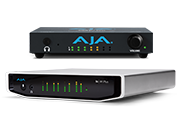 Mobile I/O
Mobile I/O
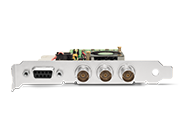 Desktop I/O
Desktop I/O
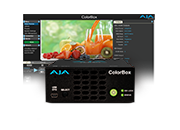 Color
Color
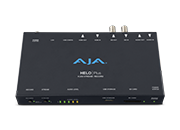 Streaming
Streaming
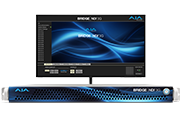 IP Video/Audio
IP Video/Audio
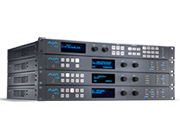 Frame Sync
Frame Sync
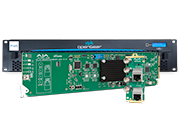 openGear
openGear
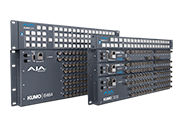 Routers
Routers
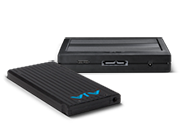 Recording Media
Recording Media
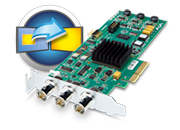 Developer
Developer
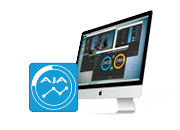 Software
Software
